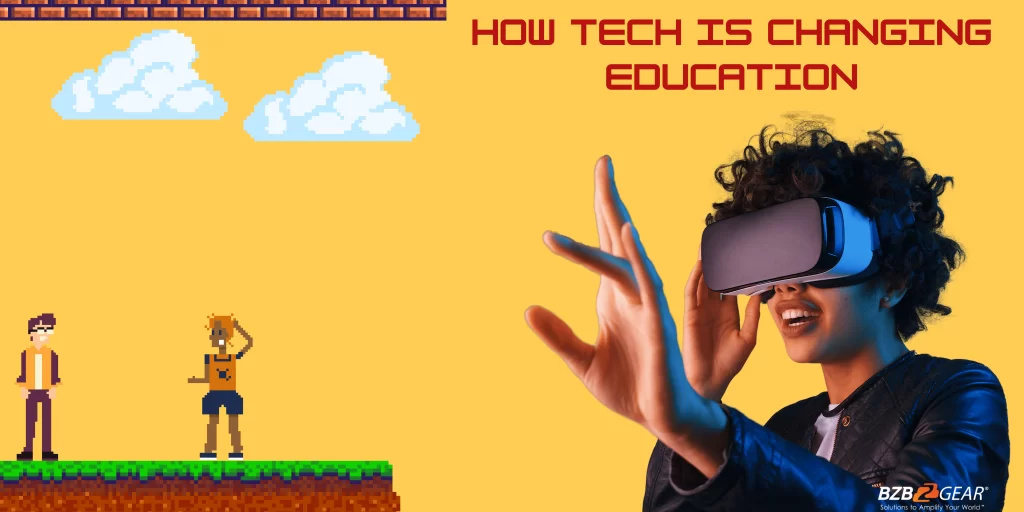How technology is changing the classroom

Overview
The continuous innovation of classroom technology is transforming the way teaching and learning takes place inside and outside the classroom. From virtual classrooms to interactive lesson plans utilizing video games, educators are finding ways to alter the landscape of education to accommodate their students. In this article, we will take a look at two key areas of change: Access to virtual classrooms and interactive learning with videogames.
Expanding Access to Education: Virtual Classrooms
One of the most vital aspects of virtual classrooms is the expanded access to education. Fully remote or even hybrid classrooms create opportunity for students to tune in to the lesson, even if they cannot be physically present. Even better, the implementation of auto-tracking PTZ/ePTZ cameras, proper audio equipment and accessible software applications can bring the classroom experience to remote students.
A key feature here is the auto-tracking technology that can be found in various PTZ camera models. Auto-tracking technology allows the instructor to get out of their seat and get more active in their lessons. PTZ cameras are capable of panning left to right, tilting on a vertical axis and zooming in and out. This technology allows the instructor to teach as they would in a traditional classroom setting, providing a more enjoyable experience for both students and the instructor.
Interactive Learning using Video Games
An exciting development in the education space has been the implementation of esports and competitive gaming programs. As mentioned above, instructors are finding ways to implement video games such as Minecraft and online educational games. Researchers are finding that videogames are aiding students in their development of critical thinking, teamwork, strategy and even their understating of the hardware and software that makes the video games work.
These sorts of programs can also be an opportunity to teach students the difference between various connection types (HDMI, SDI, USB etc.), as well as how the equipment works. Taking advantage of the technology in this way can create a well-rounded educational and interactive experience for the students.
A device that can be beneficial in creating a more immersive experience for such programs is a multiviewer. A multiviewer allows the user to display multiple video sources on one screen. This is perfect for hosting live competitions and demonstrations.
Overall, technology is changing the landscape of education in numerous ways, and this is only the beginning. We are eager to see what the future holds.
8.00 a.m. - 5.00 p.m. (PST)
10.00 a.m. - 3.00 p.m. (PST)
(by appointment only)



